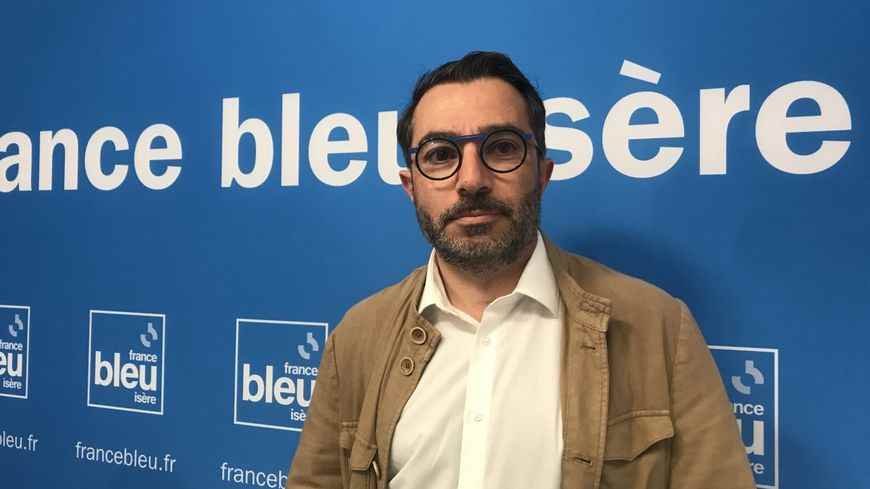A conference is organized this Thursday evening at 7 p.m. at the lawyer’s house in Grenoble, about the roundup of the Vél d’Hiv which took place 80 years ago, in the summer of 1942. 13,000 Jews arrested in Paris before being deported. Hervé Gerbi, the president of CRIF de l’Isère was with us to talk about it.
13,000 Jews, men, women and children, arrested in the summer of 1942 in Paris to be taken to the Vélodrome d’Hiver before being deported: the Vél d’Hiv roundup celebrates its 80th anniversary this year. And to remember it, the CRIF of Isère is organizing several events at the moment, including a conference this Thursday evening at 7 p.m. at the Maison de l’Avocat in Grenoble, in the presence of historian Tal Bruttmann, General Counsel of the Grenoble Court of Appeal Jacques Dallest, but also ofHerve Gerbi, the president of the CRIF. He was on France Bleu Isère this Thursday morning to talk about it.
France Bleu Isère: Why is it so important to talk about it, to remember, to commemorate?
Hervé Gerbi: You know, there is no history without memory. And if we want to live in our time, we must also know its history and its sometimes darkest parts. Otherwise, the risk is repetition. So memory is important to avoid repetition.
And how do we keep this memory alive? We said it was 80 years ago, many survivors have disappeared. How can we continue to keep this memory alive, in your opinion?
We have chosen in a memorial cycle, to work around the cinema, with the very beautiful film which speaks in particular of all these Righteous who saved Jewish children, around the theater, around exhibitions, testimonies for those who are still alive . And then this conference with two great speakers, historian Tal Bruttmann and Attorney General Jacques Dallest.
So we talked about the 80th anniversary of the Vél d’Hiv roundup, but there were other roundups, notably in Grenoble. Can you tell us about it, tell us what happened to us?
On August 26, 1942, it was the so-called roundup of the Bizanet barracks. It is more than 100 Jewish people who are rounded up, who are targeted, sifted, taken in buses. There are buses that are in Place Victor-Hugo, which are Cours Jean-Jaurès, which are Place Saint-Bruno. We must memorize these places that we all know, with these buses which were there to round up people who were later deported to the Auschwitz camps, it is about fifty people who did not return from these roundups. Possible roundups because behind there was a police force, a state police force, sometimes with their excesses of zeal. But all that was wanted by the French state.
Are there other places where we can discover this story here in Isère?
Obviously you have the museum of the Resistance and the deportation of Isère which is a magnificent place of memory in Grenoble. So I invite you to discover this museum. There is the Maison d’Izieu which effectively recalls this roundup of the children of Izieu. Then yes, we have a certain number of places of memory that actually make it possible to document all this history and above all to ensure that our children can have accurate information.
And how do we talk to children about it? Sometimes, we can say to ourselves that it’s too heavy, that it’s too complicated to talk about it directly with them and to tell them that children have been taken away, killed…
It is true that we have all the memories of these testimonies that we had in our high school years which touched us a lot. I don’t think we can say that testimonies are things that are heavy. Now, indeed, museums, in particular the Resistance Museum, will be transformed in 2025. There will be other places and other ways of showing history and other ways of effectively showing these questions which are very painful.
